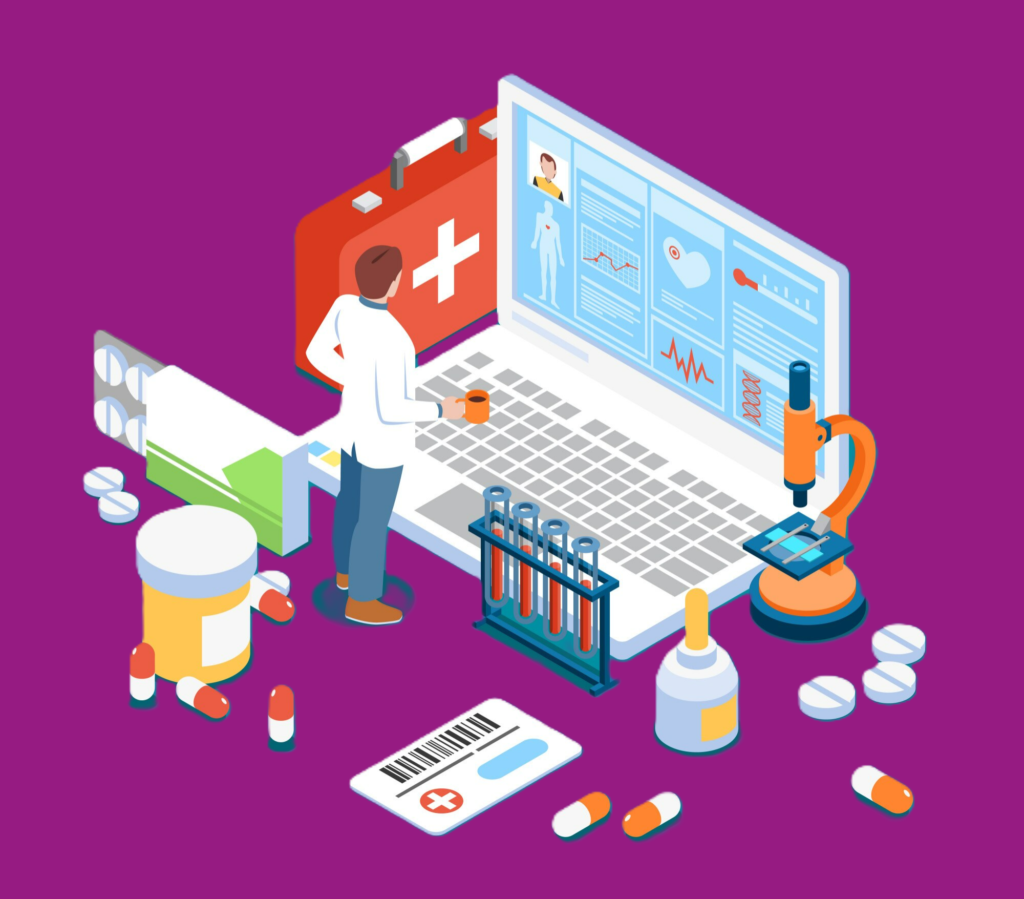
Let’s imagine a scene that until a few years ago was the norm: a patient with a chronic condition leaves the specialist’s office holding a prescription for new tests and a drug to be taken regularly. Before proceeding, however, they must go to their general practitioner to transform those instructions into a valid prescription for the pharmacy or the CUP (Single Booking Centre). One extra step, which means further time and bureaucracy.
A simpler system for citizens and healthcare professionals
Today, thanks to electronic prescriptions, this step has become superfluous. The specialist can directly enter the prescription into the digital system, allowing the patient to go immediately to the pharmacy or book the test without further waiting.
We talk about this with Sara Fanelli, Product Owner of the e-Prescription module, integrated into GPI’s offering for digital healthcare.
From January 1, 2025, with the mandatory complete dematerialization of prescriptions, this will be the standard for all prescriptions. How did you prepare for this transition?
“In recent years, we have worked to make our e-Prescription system increasingly intuitive and aligned with regulations. We have integrated all the required prescribing rules, reducing the bureaucratic burden for the doctor: they no longer have to memorize codes and regulations, the software guides them step by step. Furthermore, our application is connected with Farmadati, to guarantee constant updates on available drugs and their characteristics.”
Do you have data on the impact of electronic prescriptions in terms of efficiency and error reduction?
“We have found that prescription times have significantly reduced compared to paper prescriptions, with an increase in accuracy. The system, in fact, automatically reports any therapeutic incompatibilities or non-reimbursable drugs, avoiding errors and optimizing the work of doctors.”
Integration with the Electronic Health Record (EHR)
Electronic prescribing is not an isolated element, but a piece of a larger digital ecosystem. A connected system that also includes the Electronic Health Record (EHR), which collects and makes accessible the patient’s clinical information, including prescriptions.
How does the e-Prescription solution integrate?
“Our system automatically sends electronic prescriptions to the central regional or provincial services, which make them available in the patient’s Electronic Health Record. This means that the patient no longer has to worry about carrying paper documents with them: the doctor and the pharmacist can access the information securely and immediately.”
The challenges of the digital transition
The obligation to eliminate paper prescriptions from January 1, 2025, marks a turning point, but also a challenge. The transition to complete digitalization requires coordination between institutions, healthcare companies, and professionals to ensure a smooth transition without inconvenience for citizens.
What are the main challenges you have faced?
“Homogeneity between Regions: each has adopted different rules and methods for digitalization, making constant adaptation work necessary.
The training of healthcare workers: the system must be intuitive, but it is essential to support doctors in adopting electronic prescriptions with training and assistance.
Accessibility for patients: not everyone is familiar with digital tools, so we must ensure that the transition is inclusive and that no one is left out.”
How do you support healthcare professionals in the transition to digital prescriptions?
“Our approach includes an initial analysis phase with healthcare organizations to understand their specific needs. This is followed by personalized training for medical staff, with concrete use cases and a period of onsite support to facilitate the transition.”
The future of electronic prescriptions
With the complete digitalization of prescriptions, the Italian healthcare system is increasingly moving towards an integrated model, where services communicate with each other to offer the patient a more fluid and personalized experience.
What will be the next developments in electronic prescriptions?
“The goal is to create an ecosystem of digital services that go beyond simple prescriptions. For example, a patient could leave a healthcare facility not only with a prescription for a test but with the appointment already scheduled. We are working to integrate these processes and make the care pathway even more linear.”
Could Artificial Intelligence play a role in improving electronic prescriptions?
“Absolutely. AI can optimize some key steps, such as the automatic selection of the diagnostic question starting from free text, suggesting to the doctor the most correct solution based on clinical protocols. This would reduce the risk of inappropriate prescriptions and improve the quality of care.”
An irreversible change
2025 marks a definitive turning point: the mandatory electronic prescription is not just a technological update, but a concrete step towards a more efficient and safer healthcare system. By eliminating paper, processes are sped up, errors are reduced, and the quality of care is improved. The evolution of healthcare continues with the aim of putting the patient at the center, simplifying and improving the care pathway.
